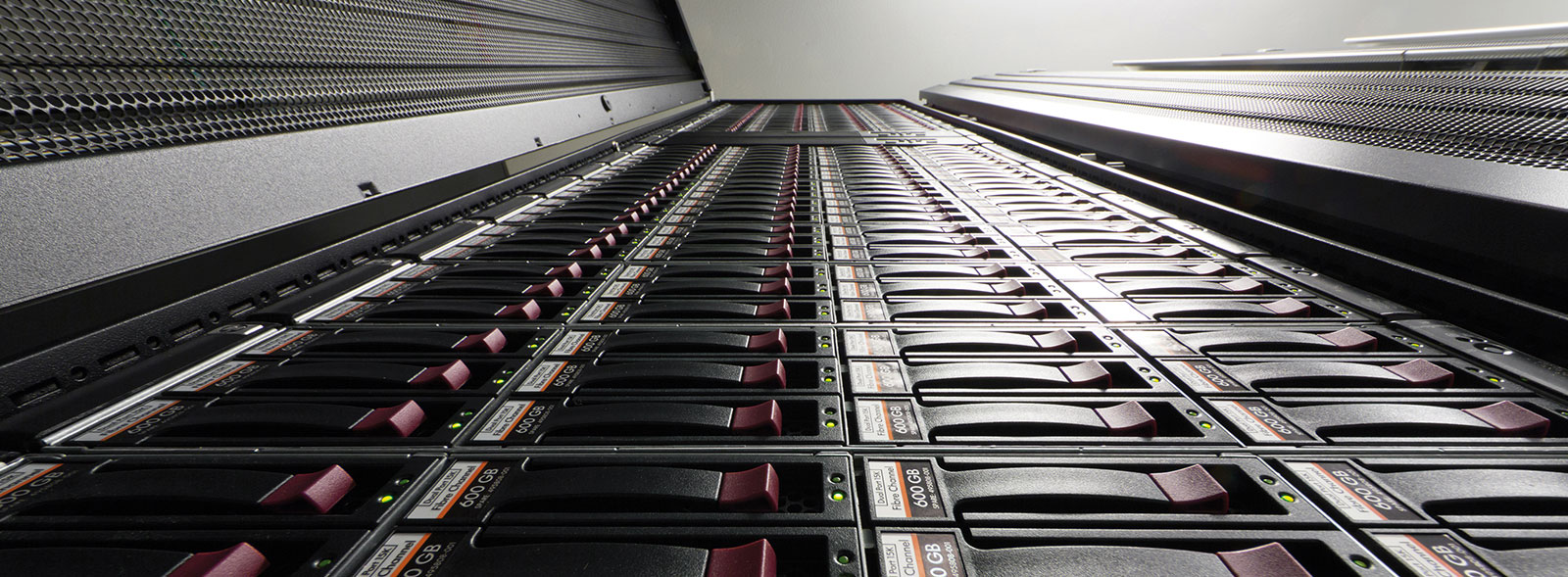Data Center Infrastructure Management: Choosing the Best DCIM Solution

We, King Servers, try to automate everything that can be automated to free up resources and time. Of course, automation of automation is different, here you need to approach the matter thoroughly and carefully. We already wrote about how automation can be used as a tool to increase the work of a data center .
Today we suggest discussing such an important issue as the choice of a DCIM solution for a data center. In general, this term refers to the integration of information technology and management functions to centralize the control, management and planning of the main data center infrastructure systems. Such a solution is usually needed for the DC engineering team.
Why is DCIM needed?
First of all, we are talking about the fact that a well-chosen and configured DCIM solution can improve the operational efficiency of both the entire data center and its individual elements. As a result, the cost of the IT service drops when converted to one user per unit time. In the long term, this allows improving the reliability of the data center while improving the services provided to users. Another nice side is the reduction in operating costs for the operation of the data center.
As for the key features of DCIM, which are needed in the first place, here the opinions of experts differ.
This year, three well-known analytical agencies published their opinion on the necessary DCIM functionality: Gartner, 451 Research, IDC.
As for the first agency, its specialists considered the following functions necessary for DCIM solutions:
- Energy monitoring;
- Monitoring the microclimate of the data center;
- Reporting
- Data visualization;
- Resource management;
- Predictive analysis;
- Modeling and simulation;
- Ventilation monitoring;
- Workflow management;
- Assessment of the physical condition of IT equipment.
The specialists at 451 Research have a slightly different opinion. Less key features of DCIM solutions are stated here:
- Cooling optimization;
- Monitoring the microclimate of the data center;
- Energy infrastructure monitoring;
- Data collection (reporting;
- Assessment of the physical condition of IT equipment.
Finally, IDC experts believe that the most important functions of a DCIM solution for a data center should be:
- Assessment of the physical condition of IT equipment;
- Data collection and analysis (reporting);
- Automation of IT processes;
- Load planning;
- Workflow / change management;
- Adaptive cooling;
- Power management;
- Management of energy sources.
We believe that combining data streams from as many sources as possible should be the cornerstone of any DCIM solution. This information can be collected and processed in real time, which gives data center operators almost complete information on all parameters of the data center, including computing power at any given time, infrastructure reliability, asset management, equipment life, and much more.
There are quite a lot of DCIM solutions now, and experts estimate the total market size of these solutions at about $ 1 billion. Typically, a company has two scenarios for implementing such solutions. The first scenario is the creation of a data center with the integration of a turnkey solution at the start of design. The second is the combination of various autonomous systems of different manufacturers into a single whole.

When working with any scenario, the selected solution should work with the entire structure of the data center, including electrical, mechanical, electronic elements, data storage systems and everything else. This is necessary so that the data center operators freely receive around the clock all the available information that may be useful. At the same time, the DCIM system should be able to work with both old and new devices, protocols and standards.
To get more information, such a system should be equipped with both primary and secondary sensors. Most often, systems capable of:
- Read information on the level of electricity consumption in the energy infrastructure;
- Read information on temperature and humidity on racks, in cooling systems and inside air ducts;
- RFID tags on all equipment or the most important elements, which is necessary to simplify their inventory;
- Sensors for detecting fluid leaks.
It’s worth mentioning right away that a large amount of information collected by such systems is not an end in itself. The main thing is that all this data is useful for the data center operator.

Choosing DCIM
Considering all that has been said above, when choosing a DCIM solution for your DC, you should do this:
- Calculate the project budget taking into account all possible hidden costs;
- Conduct a few consultations with their own specialists - all interested parties should participate;
- Make a list of everything that needs to be considered and what should be observed. The list should be a priority - first the most important elements, then the less important;
- View which protocols and communications are supported by infrastructure equipment;
- Add additional sensors if necessary;
- Selection of suitable DCIM solutions that can perform all tasks;
- Configure the server for the DCIM solution, which it was decided to choose in the end.
